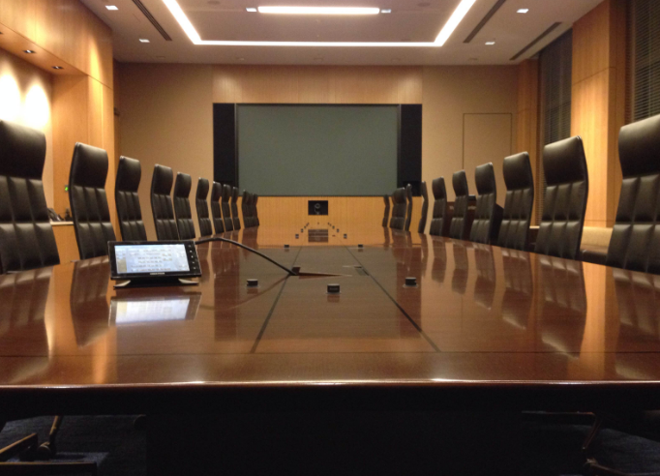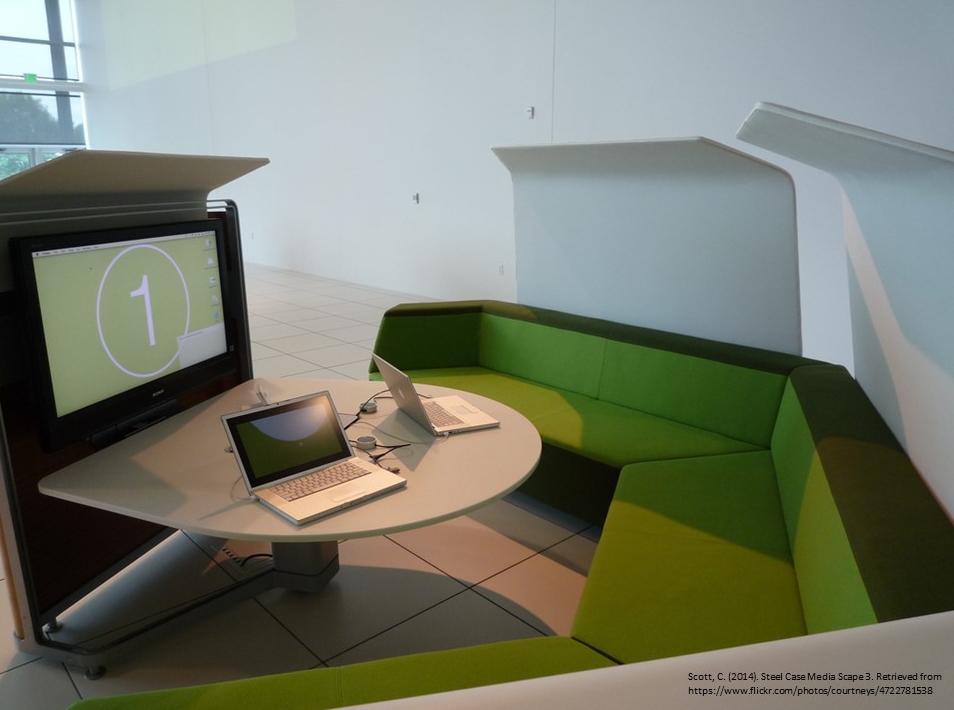



Mark L. Peterson
Solutions Architect
Mark L. Peterson
Solutions Architect
turning point
collaboration spaces transform Spiderwebs INto coral reefs
“Starfish organizations are taking society and the business world by storm, and are changing the rules of strategy and competition.” - Brafmin and Beckstrom, 2006
Let us discuss the unrelenting demand to be productive and competitive and the value of building technology habitats that foster innovation and collaboration. Back in 2006, Brafmin and Beckstrom identified the need for organizations to behave more like a starfish than spiders as a means of adapting to change in the environment. Fast forward to today and the threat of cyber-attack reinforces the importance of transferring knowledge and solving problems creatively. Global leaders now manage hundreds of starfish teams, all moving rapidly along on the periphery of the organization’s ecosystem, given decision-making autonomy, sidestepping each other and corporate bureaucracy. Starfish communities require interconnecting geographically dispersed teams through a porous “society” of desktop collaboration and team touchdown stations.
So how do we create the right environment for starfish to thrive?
TURNING POINT is Mark Peterson's personal take on innovation and collaboration impacting today's multi-cultural corporations. To have a conversation about implementing collaborative solutions efficiently and at scale, contact Mark Peterson.
Unified collaboration
Versatile group conferencing solutions that combine text, audio, video and virtual white board available through a single user interface.

Portfolio
Portfolio
For multi-international enterprises seeking to unify collaboration technologist and facilities across global markets, Mark Peterson is the innovator and implementer of cost-effective, inter-operable solutions. Unlike other Unified Communication industry experts, Mark Peterson combines engineering talent with business management expertise to deliver products and vendor services with exceptional appeal and consistency.
- + 15 years client-side experience in management and communication technologies in financial, professional services and education markets
- Masters in Business Administration with Information Technology focus.
- Vision to innovate, Courage to face challenge, Faith of conviction.

The MBA Program
The MBA Program
Sample Abstracts
GB600
LEADERSHIP STRATEGIES FOR A CHANGING WORLD
Case study analysis of International Business Machines (IBM) in 2009, exploring the important role multicultural leadership contributes to organizational transformation. IBM must continually respond to the changing needs of clients, customers and the global economy in order to deliver a sustainable value proposition (Denning, 2011). Under the guidance of Chairman and CEO Sam Palmisano, IBM is in the process of transitioning from a multinational corporation to a global integrated enterprise (GIE) by emphasizing multicultural leadership and increasing local assimilation as part of its global integration strategy.
GB601
ETHICAL CONSIDERATIONS IN GLOBAL EXPANSION
Companies looking to expand into global markets must follow their values as they consider the challenges that different cultural dimensions bring to the ethics-based business decision-making process. New markets are best determined by comparing Hofstede’s six culture dimensions and the values of the cities that most closely relate to the mission, values and culture of the organization. in the case of TruEsource, expansion from primary cities is determined through extended value matching and the socio-economic vitality of the sister city and adjacent countries and their regional cultural values.
Hong Kong international Center, 2011









